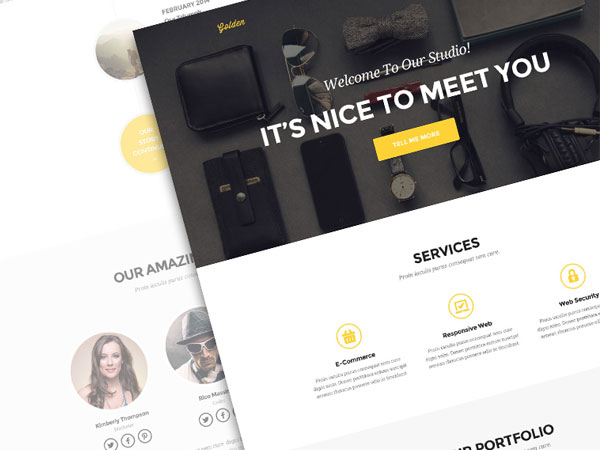Towards a multimodal interface for the specification of intervention tasks in underwater robotics
Nowadays, an increasing need of intervention robotic systems can be observed in all kind of hazardous environments. In all these intervention systems, the human expert continues playing a central role from the decision-making point of view. Thus, the role played by Human-Machine Interfaces (HMI) represents a crucial approach, paving the way for facing the increasing exigencies from presently underwater intervention systems. This PhD focuses the research in different topics related with the HMI: the multimodal approach (exploring different ways and devices to interact with the interface), the robot control architecture (enabling the control of the robot in autonomous or teleoperated mode), and the use of algorithms to assist the user during the mission specification (making a user-friendly Graphical User Interface (GUI)).
Towards a multimodal and 3D immersive user interface
This PhD thesis explores the use of different input devices, which allows a non-expert user to control the robot using the Natural User Interface approach and choose the most suitable input device depending on the task or moment of the mission. Thus, instead of controlling the robot using a joystick, a well-known device used in real systems, we propose the use of a hand tracker.
Regarding the use of and paying attention to multiple displays, it explores the principle that virtual reality-related immersive systems, which can be used to induce the telepresence feeling in remote operation of underwater robots and that this can be used to improve the performance task execution. To this end, a system was developed with the objective of virtually placing the operator aboard of the remote robot and let him/her do the driving tasks from there.
Enabling the control/teleoperation with a HROV
A new approach to control a HROV is introduced, enabling smooth transitions between different operational mode. This approach merges the benefits of both, autonomous and teleoperated systems, while eliminating some of the main disadvantages of each of them. When using this approach, the user specifies the task to be carried out autonomously by the robot and stay playing the role of supervisor of the mission. Nevertheless, the user will be able to teleoperate the robot if and when he/she decides it is necessary, or in case the system detects a problem and asks for his/her intervention. Once the user finishes the teleoperation, the robot becomes autonomous again, without the need to perform any special reconfiguration.
Algorithms to assist the target identification and localization
The GUI is focused to be used by non-expert users, so it includes built-in image processing and algorithms, which assist the user to specify the mission. Thus, most of the parameters will be defined automatically when possible. Initially, it was developed only for the survey mission (the specification of the navigation data) and the intervention mission (the specification of the object recovery). Once the mission parameters has been defined, the GUI generates an XML file with all the information. This file can be used to simulate the mission or to start the mission in the robot after downloading it into the robot.








